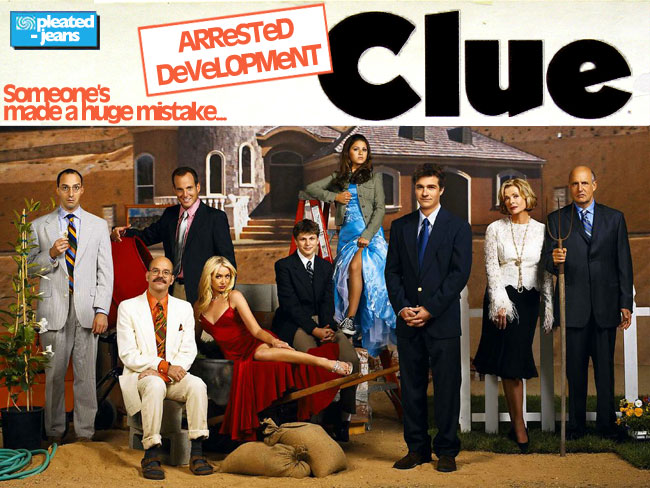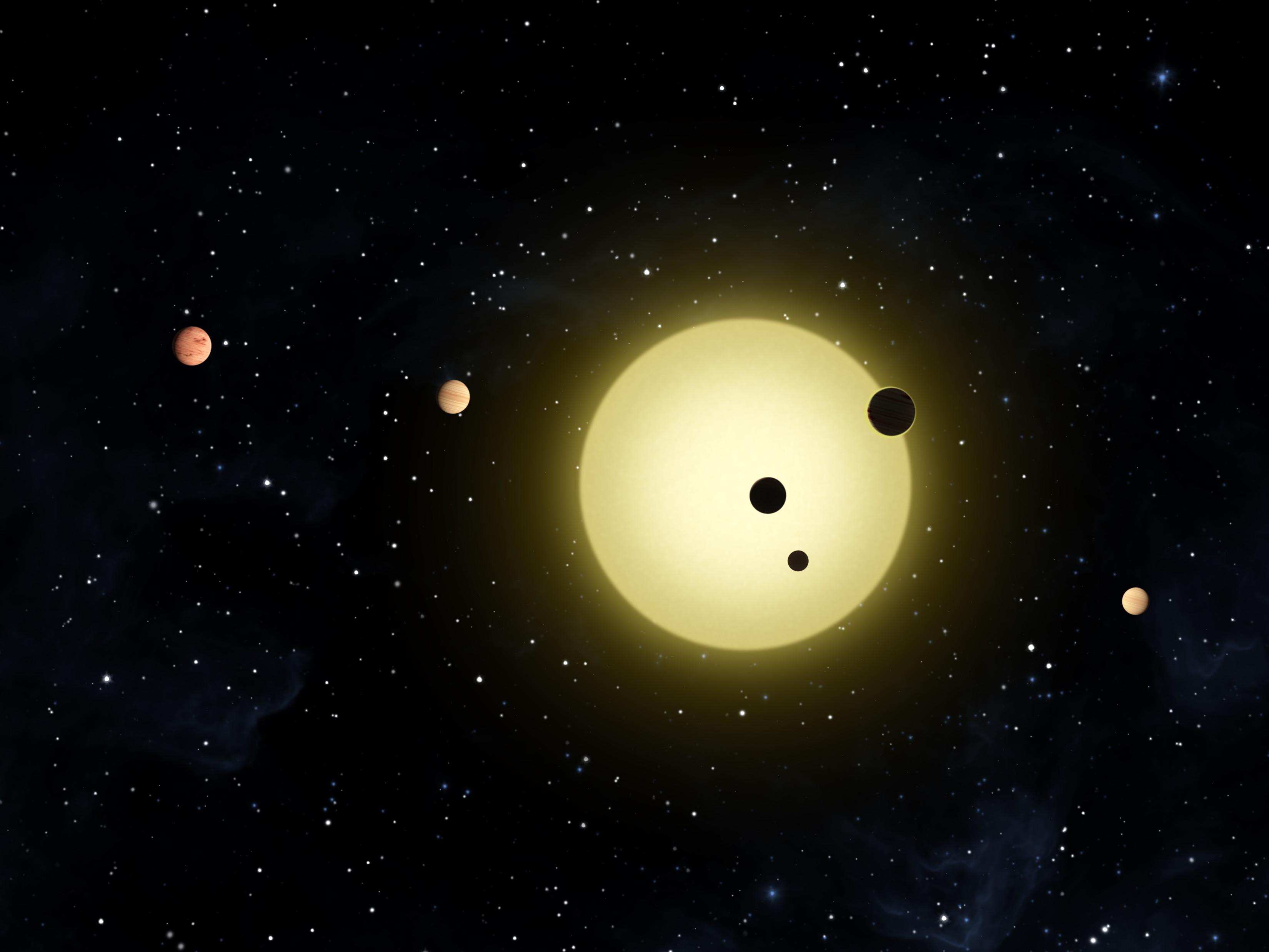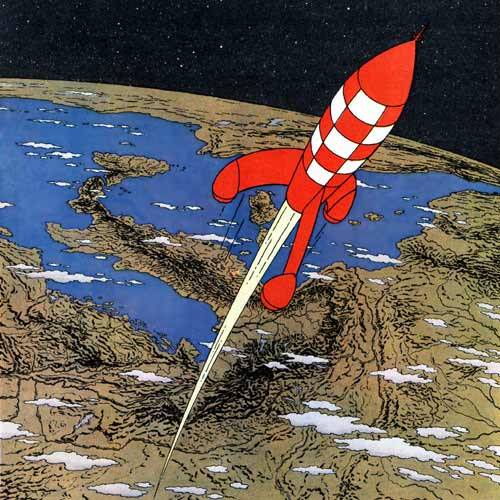
Mrs. Peacock with the Cornballer in Wee Britain…By way of Web Goddess, Pleated Jeans has assembled the Arrested Development version of Clue, “complete with box art, game board, suspect cards and weapon cards.” And, once that fails to entertain, Muller has fashioned a handy and informative Coenfographic to trace exactly who’s shown up where in the Coenverse over the years. Even more illuminating than the Goy’s Teeth!


